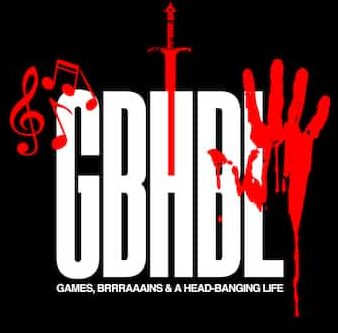The Art of Bluffing: What Heavy Metal and Trick-Taking Card Games Teach Us About Deception and Strategy
The worlds of heavy metal music and card games might seem miles apart, but at their core, they share a fundamental element – the art of bluffing. This article delves into how the games of Hearts, Spades, Bridge, and Euchre, along with heavy metal music, employ strategies of deception and psychological warfare, creating parallels that are as intriguing as they are unexpected.
Starting with Hearts, bluffing is an essential strategy. Players often hold back their high cards or strategically play a hand to mislead opponents, creating a facade to mask their true intentions. This level of cunning and guile is mirrored in heavy metal music, particularly in stage performances and lyrical themes.
In heavy metal, the essence of bluffing can be seen in the dramatic stage personas that artists adopt. Performers like Alice Cooper and Ozzy Osbourne are known for their theatrical and sometimes shocking stage acts, a form of bluffing where the artist’s real personality is often very different from their on-stage persona. This theatricality keeps the audience guessing, engaged, and often bewildered, much like a cleverly played hand in Hearts.
Lyrical themes in heavy metal also reflect the art of deception. Many heavy metal songs use metaphors and allegories, painting pictures of power, darkness, and sometimes fantasy. These themes can be seen as a form of bluffing, where the true message or intent of the song is hidden beneath layers of complex imagery and symbolism.
Spades adds a dimension of partnership where silent communication and unspoken understanding are crucial. This resonates with the synergy in a heavy metal band, where musicians communicate through music. The bidding process in Bridge, involving calculated decisions to mislead opponents, mirrors the ambiguity in heavy metal lyrics, engaging the audience’s imagination.
Euchre’s emphasis on risk-taking and strategy echoes the daring nature of heavy metal bands who experiment with unconventional music styles. This risk-taking is a form of bluffing itself, challenging the audience’s expectations and pushing the boundaries of the music genre.
Moreover, both card games and heavy metal require an understanding of one’s opponents or audience. In games like Hearts and Bridge, reading other players’ intentions and adapting strategies accordingly is crucial. In heavy metal, understanding the audience’s expectations and shocking or surprising them in just the right way can be the key to a memorable performance or song.
The social aspect of these card games – the camaraderie and competition – parallels the community found among heavy metal fans. Just as players gather for a game, bonding over the shared experience, heavy metal concerts bring together fans in a communal celebration of the music they love.
In conclusion, the art of bluffing in trick-taking card games and heavy metal might manifest in different forms, but they share a common goal – to strategize, to deceive, and to captivate. Whether it’s a cleverly played card or a theatrical stage act, both realms show that sometimes, not everything is as it seems. This exploration of strategy and deception not only highlights the complexities in both fields but also showcases the unexpected connections between the worlds of card games and music.




